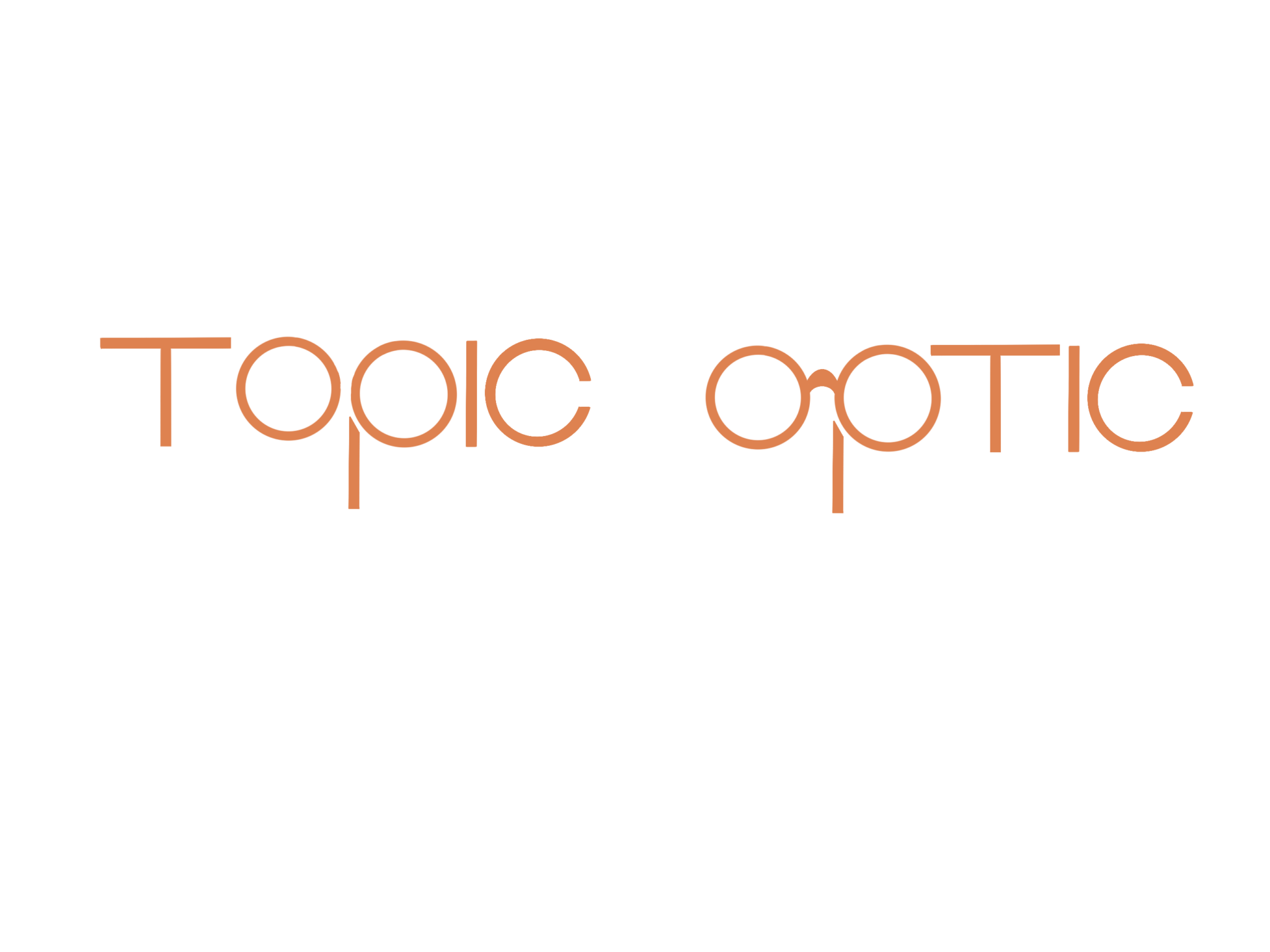Eye Strain (asthenopia)
What Is Eye Strain (Asthenopia)?
Eye strain, or asthenopia, is a common condition characterized by fatigue, discomfort, or pain in or around the eyes. It typically occurs when the eyes get tired from intense use, such as driving long distances, reading for prolonged periods, or working long hours at the computer. Eye strain is uncomfortable but usually not serious, and relief can often be achieved with simple changes or remedies.
Symptoms of Eye Strain:
Symptoms of eye strain can include:
- Sore, tired, burning, or itching eyes
- Watery or dry eyes
- Blurred or double vision
- Headache
- Sore neck, shoulders, or back
- Increased sensitivity to light
- Difficulty concentrating
- Feeling that you cannot keep your eyes open
Treatment for Eye Strain:
Eye strain usually resolves once you rest your eyes. However, the following practices can help alleviate symptoms:
- Follow the 20-20-20 Rule: Every 20 minutes, look at something 20 feet away for at least 20 seconds.
- Ensure Proper Lighting: Avoid overly bright light sources, both indoors and outdoors.
- Take Frequent Breaks: During long tasks involving concentration, take short breaks to rest your eyes.
- Adjust Computer Settings: Use a comfortably sized text, and adjust the brightness and contrast to a comfortable level.
- Use Artificial Tears: Over-the-counter lubricating eye drops can help moisten dry eyes.
- Improve Air Quality: Use a humidifier if the indoor air is dry, and avoid smoke.
Prevention of Eye Strain:
Preventing eye strain involves creating a comfortable environment for your eyes and practicing good habits:
- Arrange your desk or work area to minimize glare and ensure a comfortable reading distance.
- Maintain good posture during reading or screen time.
- Blink regularly to refresh your eyes.
- Regular eye exams to ensure proper vision correction.
Please note that this information is provided for informational purposes only and should not substitute professional medical advice. If you suspect you have eye strain or any eye-related concerns, it is important to consult with an eye care professional for a proper evaluation and personalized recommendations.

